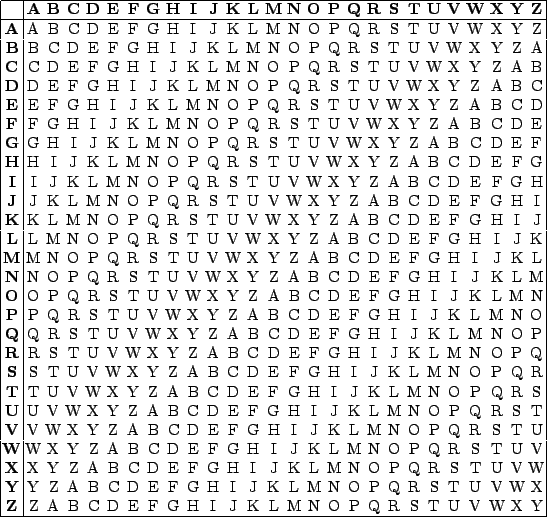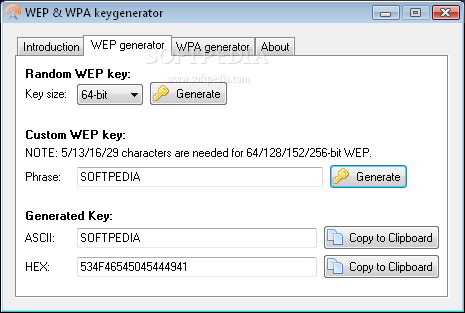


The Applet will calculate all possible matches for the search word and display a list (in groups of 10) in increasing order according to the corresponding statistic.

Enter a word that you know/believe to be part of the original plaintext message and press Search or the Return key. Upon pressing the Random Cyphertext button, the Applet will display some text which was encrypted using a Monoalphabetic Substitution with a randomly selected key.The Applet below is programmed to illustrate this codebreaking process. Once we have found all possible matches, we can use a chi-squared statistic to determine which one is the most likely match for the known plaintext. The 6 th and 8 th letters are the same (and different from the 2 nd and 5 th letters).The 5 th and 10 th letters are the same (and different from the 2 nd letter).To illustrate this, if we know that the word "AMMUNITION" appears in the plaintext, then we can look for strings of 10 consecutive letters of cyphertext that have the following pattern: In other words, if two letters of paintext are distinct, then their corresponding letters of cyphertext must also be distinct. To break a monoalphabetic substitution using a known plaintext attack, we can take advantage of the fact that any pair of letters in the original plaintext message is replaced by a pair of letters with the same pattern. To this end, we will use the convention that plaintext letters are always in uppercase and cyphertext letters are always in lowercase. IMPORTANT: The applet allows for the partial encryption/decryption of a monoalphabetic substitution. Notice that letters that do not yet occur in the key are shaded gray. The Space Bar and Arrow keys can be used to cycle through the key without editing it. To delete a letter, click on the appropriate box and simply press Back Space or Del. The square to the right should now be highlighted. Now type the corresponding cyphertext (plaintext) letter. The square should now be highlighted in yellow. To enter a key, first click in the square below (above) the plaintext (cyphertext) letter you want to encrypt (decrypt). The plaintext (cyphertext) will be encoded (decoded) as you enter the key. To encrypt (decrypt) using the Applet below, simply cut and paste your plaintext (cyphertext) into the textarea, select Encrypt (Decrypt) and start entering your key. However, to break this system using a known plaintext attack, we will require that any two distinct plaintext letters are replaced by two distinct cyphertext letters. Keep in mind that the definition of a monoalphabetic substitution allows for the possibility that two distinct plaintext letters are replaced by the same cyphertext letter. A 2x2 Hill encryption is a monoalphabetic substitution acting on pairs of letters.

For instance, Caesar substitution is monoalphabetic while Vigenere is not. We recall that Monoalphabetic substitution is a system of encryption where every occurrence of a particular plaintext letter is replaced by a cyphertext letter. Monoalphabetic Substitution Breaking A Monoalphabetic Encryption System Using a Known Plaintext Attack


 0 kommentar(er)
0 kommentar(er)
